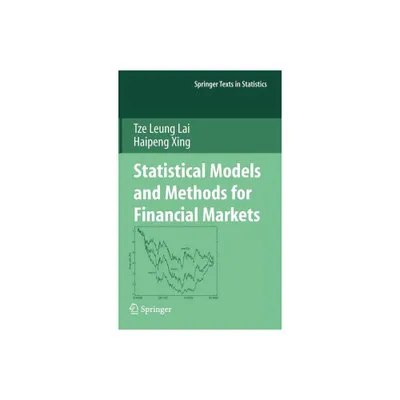Home
Statistical Models of Shape: Optimisation and Evaluation
Loading Inventory...
Barnes and Noble
Statistical Models of Shape: Optimisation and Evaluation
Current price: $109.99


Barnes and Noble
Statistical Models of Shape: Optimisation and Evaluation
Current price: $109.99
Loading Inventory...
Size: OS
*Product Information may vary - to confirm product availability, pricing, and additional information please contact Barnes and Noble
The goal of image interpretation is to convert raw image data into me- ingful information. Images are often interpreted manually. In medicine, for example, a radiologist looks at a medical image, interprets it, and tra- lates the data into a clinically useful form. Manual image interpretation is, however, a time-consuming, error-prone, and subjective process that often requires specialist knowledge. Automated methods that promise fast and - jective image interpretation have therefore stirred up much interest and have become a significant area of research activity. Early work on automated interpretation used low-level operations such as edge detection and region growing to label objects in images. These can p- ducereasonableresultsonsimpleimages,butthepresenceofnoise,occlusion, andstructuralcomplexity oftenleadstoerroneouslabelling. Furthermore,- belling an object is often only the first step of the interpretation process. In order to perform higher-level analysis, a priori information must be incor- rated into the interpretation process. A convenient way of achieving this is to use aexible model to encode information such as the expected size, shape, appearance, and position of objects in an image. The use of flexible models was popularized by the active contour model, or ‘snake’ [98]. A snake deforms so as to match image evidence (e.g., edges) whilst ensuring that it satisfies structural constraints. However, a snake lacks specificity as it has little knowledge of the domain, limiting its value in image interpretation.


















